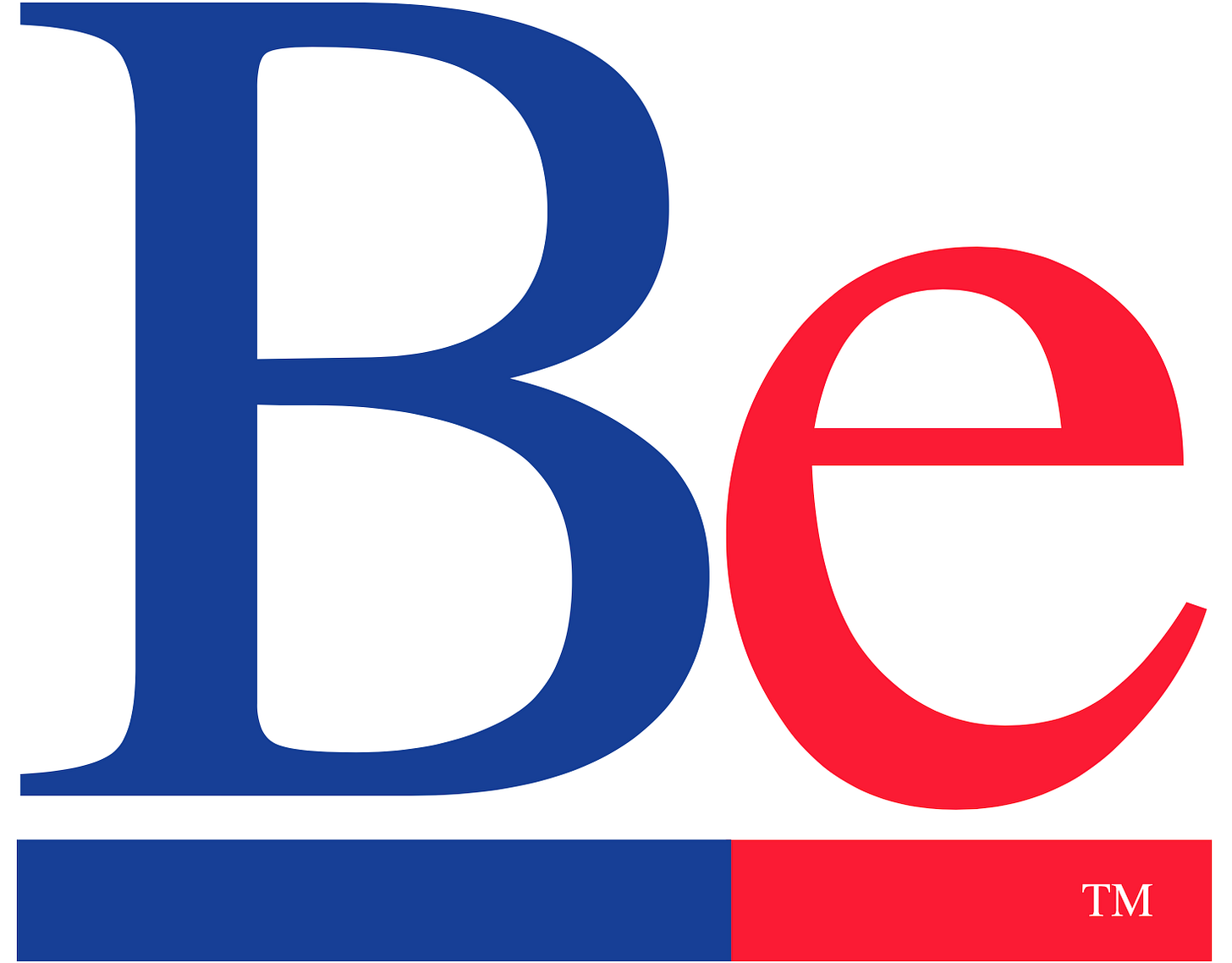Be Grateful, Be Geeky, Be Generous : Jean-Louis Gassée's Memoirs
Apple, Be and much more. An entertaining and insightful read.
Hi everyone and thanks so much for subscribing. To celebrate reaching over 5,000 subscribers, take out an annual paid subscription over the next 48 hours and get an extra 20% discount over the normal price. Thanks so much to everyone who has supported The Chip Letter and become a paid subscriber already.
We met Jean-Louis Gassée in our last post as one of the sponsors of Apple’s doomed Aquarius processor project.
Many readers will also be familiar with his work after leaving Apple, as a co-founder of Be Inc. makers of the, much-loved, BeOS operating system.
As a long time reader and fan of Gassée’s Monday Note blog, I’m delighted that he now published his memoirs in book form as ‘Grateful Geek : 50 Years of Apple and Other Tech Adventures’.
Even after fifty years Gassée retains a sense of wonder and delight at technology.
From the introduction:
… it is a paean to the personal computers that lit up my business life. In this book, you’ll find my explanation for our fascination with the machines that give wings to our minds and bodies. They no longer dwell solely on our desks or in our bags; they inhabit our pockets and now our wrists; they help us think, communicate, organize, learn and play. I was lucky to enter real professional life at the start of the PC era. Over fifty years later, I remain amazed, occasionally frustrated, and always hopeful to see personal computers continue to delight us.
‘Grateful Geek’ is really five books in one. Or perhaps it’s really five extended ‘Monday Note’ blog posts. The five are, very roughly: pre-Apple, Apple, Be Inc., investing and management advice and the future of Apple.
I found the ‘pre-Apple’, in some ways, to be the most interesting as we see Gassee’s formative business influences. Time at Hewlett-Packard, Data General, Exxon Information Systems (owner of Zilog and several other firms) in Europe. Working with a strong degree of independence in these distant outposts of US tech giants, he has freedom to experiment and to learn what works as he tries to sell their products.
Many readers will already be familiar with the events of the Apple chapter. Still it's interesting to hear these events from someone who was at the center of events. And the book is peppered with entertaining anecdotes from this period. There is his first meeting with Steve Jobs, with Jobs cross-legged on a credenza in an Apple boardroom. Being fired by John Sculley after an, apparently harmonious, dinner with him.
Then there is his work at Be Inc. probably the most remarkable period of Gassee’s career. Be initially planned to sell machines based around AT&T’s Hobbit processor:
We should have seen it coming. At the beginning AT&T Microelectronics was very supportive. They knew us, they worked closely with Sakoman on the Newton project, they exhibited tepid optimism for my ability to generate publicity for Be's multimedia machine and their processors. But as time passed, we experienced difficulties getting a clearer product roadmap, and in 1993 we got the news: AT&T was giving up on the Hobbit.
Be Inc. would switch to PowerPC (in the form of the BeBox) and then try to sell its operating system to run on Mac hardware and then as an alternative to Windows on x86 hardware, before finally ending its efforts in 2001, when it’s assets were sold to Palm Inc, and Gassee joined the Palm board.
Apple almost bought Be Inc. to provide a replacement for MacOS, but instead turned to Steve Jobs’s Next. Of course, it turned out to be a great decision, one which is acknowledged, with typical generosity, by Gassée.
In among the tech there are some difficult personal moments too. Gassée damages his carotid artery after exercising out too enthusiastically leading to a stroke - from which he thankfully makes a full recovery.
Running alongside all of these events is Gassée’s love of technology. He is frustrated, as when AT&T drops the Hobbit processor he has been using in the Be machines, or when Microsoft blocks ‘dual-booting’ BeOS on Intel machines. None of this dims his enthusiasm.
And throughout the book there is a spirit not only of gratitude but of generosity, especially towards the company that Gassée is clearly most fond of: Apple Inc.
‘Grateful Geek’ is a fairly short, fun, insightful and entertaining read from someone with long experience of the technology industry. ‘The Chip Letter’ is all about trying to learn from tech history. Reading Grateful Geek is a great opportunity to learn from someone with huge experience of the industry. Recommended.
Links : Amazon (non-affiliate link).
After the paywall one of Gassee’s finest and most nerve-wracking moments at Apple, some highlights from Monday Notes and BeOS, the operating system that was so good that it refused to die (and featuring the 900 page ‘BeOS Bible’).
P.S. It’s now the second time that we've come across AT&T’s Hobbit architecture. Seems like a good time to write a post on the Hobbit!



